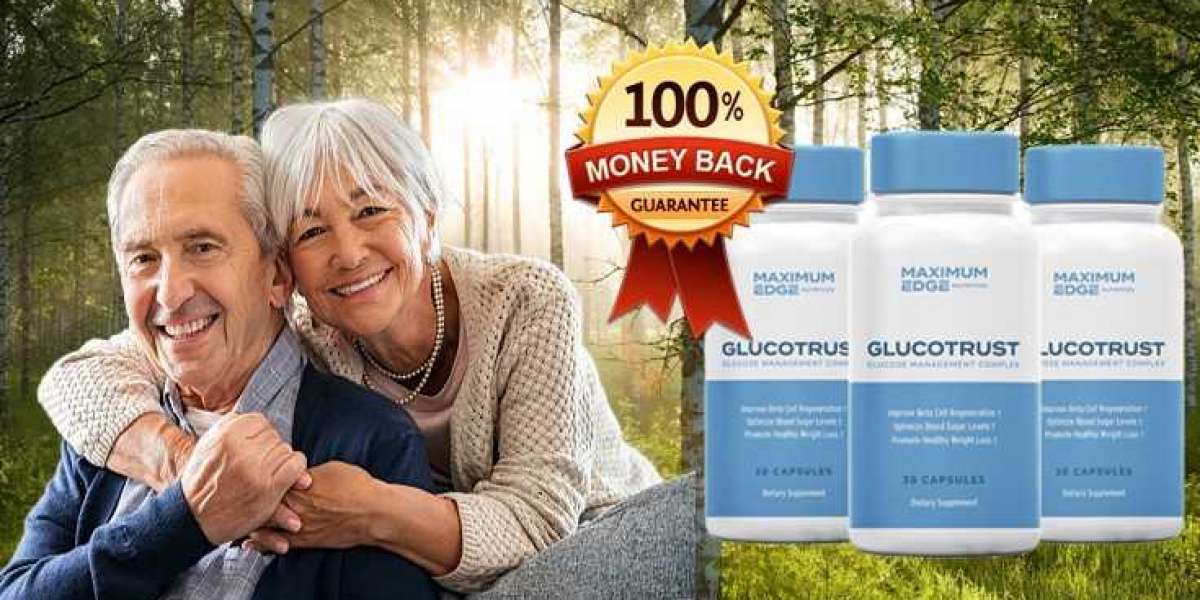Electrolysis is a process that uses electricity to break water (H₂O) into its constituent elements: hydrogen (H₂) and oxygen (O₂). It is a key technology in producing clean hydrogen, particularly when the electricity is sourced from renewable energy like wind or solar power.
The Electrolysis Process
Electrolysis takes place in a device called an electrolyser. The electrolyser consists of an anode (positive electrode) and a cathode (negative electrode) submerged in water. When an electric current is passed through the water, the water molecules split into hydrogen and oxygen gas. The hydrogen gas is collected at the cathode, and the oxygen gas is released at the anode.
Types of electrolysers
There are three main types of electrolysers used for hydrogen production:
- Alkaline electrolysers: This is a well-established technology that operates at lower temperatures and uses an alkaline solution as the electrolyte.
- Proton Exchange Membrane (PEM) electrolysers: These electrolysers use a solid polymer electrolyte and operate at higher efficiencies and pressures, making them ideal for fluctuating renewable energy sources.
- Solid Oxide electrolysers (SOE): These operate at very high temperatures and can achieve even higher efficiencies but are still in the development phase.
Energy and Efficiency Considerations
The energy required to produce hydrogen by electrolysis is measured in kilowatt-hours (kWh). Typically, producing 1 kilogram (kg) of hydrogen requires between 50 and 60 kWh of electricity, depending on the efficiency of the electrolyser. Advances in technology are working to reduce this energy consumption.
- 1 kg of hydrogen contains about 33.33 kWh of energy (higher heating value).
- Depending on the electrolyser efficiency, which can range from 60% to 80%, you will need more electrical energy than the energy contained in the produced hydrogen. For example, at an efficiency of 70%, producing 1 kg of hydrogen would require approximately 47.6 kWh.
Key Takeaways
- Electrolysis splits water into hydrogen and oxygen using electricity.
- The efficiency of hydrogen production varies, but typical energy consumption is around 50–60 kWh per kilogram of hydrogen.
- With renewable energy sources, electrolysis offers a promising method to produce green hydrogen, contributing to decarbonization efforts in various industries.
Hydrogen production electrolysis can play a pivotal role in energy transition by integrating with renewable energy sources and helping to reduce reliance on fossil fuels.



